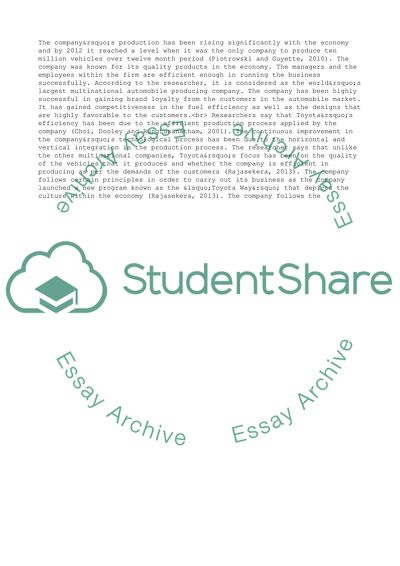Cite this document
(“Toyotas Efficiency and the Management System of the Organization Essay”, n.d.)
Retrieved from https://studentshare.org/management/1691555-let-the-writer-decides
Retrieved from https://studentshare.org/management/1691555-let-the-writer-decides
(Toyotas Efficiency and the Management System of the Organization Essay)
https://studentshare.org/management/1691555-let-the-writer-decides.
https://studentshare.org/management/1691555-let-the-writer-decides.
“Toyotas Efficiency and the Management System of the Organization Essay”, n.d. https://studentshare.org/management/1691555-let-the-writer-decides.


